Philips
In 1891 Anton and Gerard Philips established Philips & Co. in Eindhoven, the Netherlands
The company begun manufacturing carbon-filament lamps
By 1910, with 2,000 employees, Philips was the largest single employer in The Netherlands
In 1918, Philips introduced a medical X-ray tube.
In 1925, Philips became involved in the first experiments in television and, in 1927, began producing radios. By 1932, Philips had sold one million of them
By 1939, when it launched the first Philips electric shaver, the company employed 45,000 people worldwide.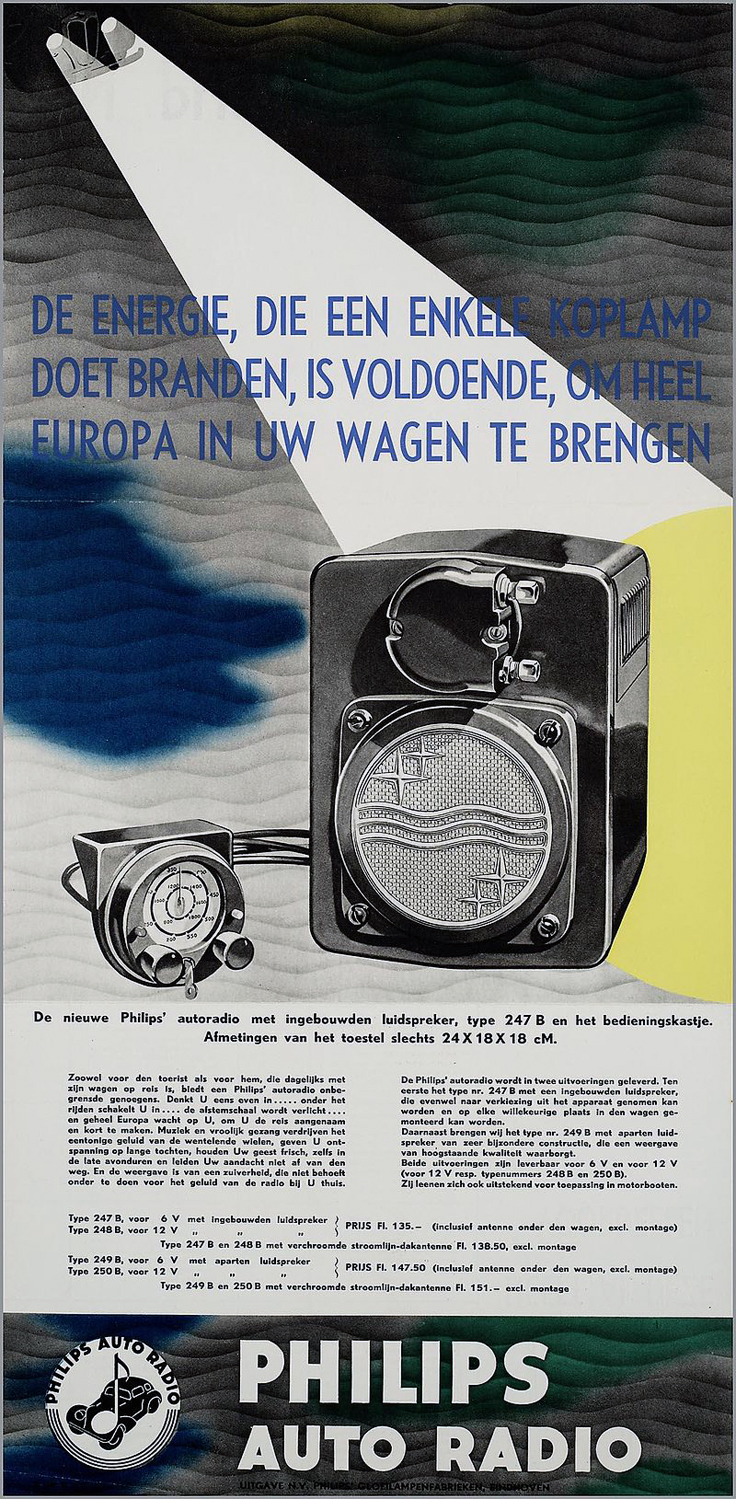
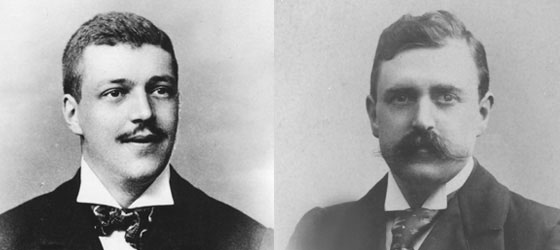 From the early 1940s, Philco was legally able to prevent Philips from using the name "Philips" on any products marketed in the USA, because the two names were judged to sound similar. As a result, Philips instead used the name Norelco, an acronym for "North American Philips [electrical] Company."
From the early 1940s, Philco was legally able to prevent Philips from using the name "Philips" on any products marketed in the USA, because the two names were judged to sound similar. As a result, Philips instead used the name Norelco, an acronym for "North American Philips [electrical] Company."
Philips continued to use that name for all their US products until 1974, when Philips purchased The Magnavox Company. Philips then relabeled their US consumer electronics products to the Magnavox name, but retained the Norelco name for their other US products.
When Philips bought Philco in 1981, Philips was able to freely use the Philips name for all of their US products, but they chose to retain the Norelco name for personal care appliances, and the Magnavox name for economy-priced consumer electronics.
Other milestones: In 1963, Philips introduced the Compact Audio Cassette.
In 1965, it produced its first integrated circuits.
In 1972, the company co-founded PolyGram (Philips 60% and Siemens 40%), the enormously successful music recording label.
In 1974, it acquired Magnavox and in 1975, Signetic,both in the United States.
In 1983 Philips came with a technological landmark: the launch of the Compact Disc.
There was no mention of the production of reel tape recorders in the on line Philips history summaries.
Interesting information from the Retro Audio Museum

Aristona EW 5515/13 Tape Recorder: Hi-Fi Excellence from Philips
The Aristona EW 5515/13 Reel to Reel Tape Recorder, introduced at the end of 1979 in Austria, is a classic piece of audio equipment that combines 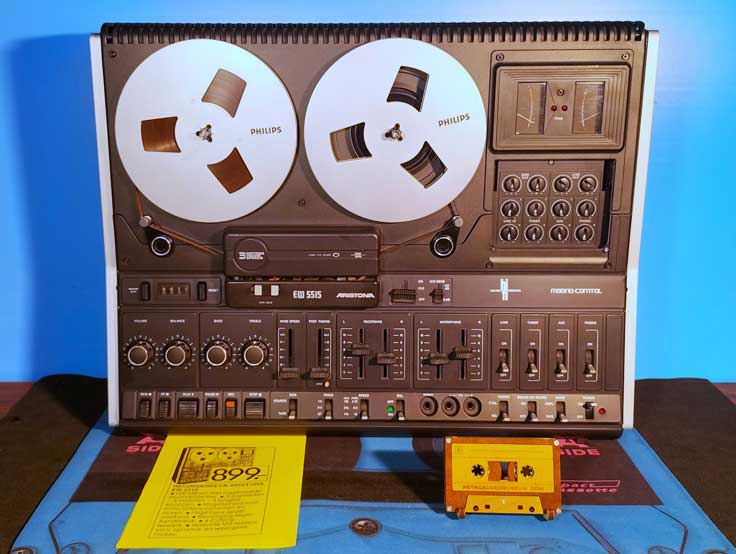 unparalleled sound quality with user-friendly features, making it a standout choice for audiophiles and vintage audio enthusiasts.
unparalleled sound quality with user-friendly features, making it a standout choice for audiophiles and vintage audio enthusiasts.
The frequency response for 19 cm/s is 35 – 25,000 Hz with Wow and Flutter ≤ ± 0.1%, and for 9.5 cm/s is 35 – 19,000 Hz with Wow and Flutter ≤ ± 0.15%. The S/N ratio is ≥ 60 dB for both speeds.
This model is precisely the same as the Philips N4515, built a little bit later on. Usually, Philips designs and produces dozens of models to cope with the market's demands. If the Philips marketing department was unsure about the model, they put it to the market under the Aristona brand and monitored the consumers' reactions for a few months. If the model was successful, with good sales and minimum complaints, they put it on the market under the Philips brand after that. If the model was not successful, Philips was not involved. As you can see, the Aristona EW 5515 was successful.
From the outset, EW 5515 promises sound quality and ease of use without compromise, which certainly delivers on this promise. The device offers an extensive range of technical features that ensure versatility in its applications. One of its standout features is the memory stop function, which allows users to find specific tape positions easily. Coupled with the ability to listen while rewinding at variable speeds, this feature significantly enhances the user experience, making tape navigation both intuitive and efficient.
The EW 5515 provides extensive sound control, particularly when using headphones—a feature that audio enthusiasts have long desired. The built-in headphone amplifier ensures users can finely tune their listening experience with rotary controls for volume, balance, bass, and treble. This control level is complemented by including a preamplifier section and an input selector switch, allowing the EW 5515 to seamlessly integrate with active loudspeakers and a variety of other audio sources such as record players, tuners, and microphones.
One of the most practical and innovative features of the Aristona EW 5515 is the post-fading facility. This allows users to "softly erase" unwanted passages of speech or music on a finished tape and re-record over the gaps. This feature is invaluable for creating polished and professional recordings, ensuring users can easily correct and perfect their audio projects. It's a facility so practical that once experienced, users find it indispensable.
The EW 5515's built-in control amplifier for MFB (Motional Feedback) speakers transforms the tape recorder into the control center of a hi-fi system. This integration allows for seamless connection and control of MFB speakers, enhancing the overall audio output and ensuring a cohesive and high-quality listening experience.
The Aristona EW 5515 is packed with additional features that further elevate its functionality:
- Hydraulically Damped Tape Tension Sensor Lever: Ensures smooth and consistent tape handling.
- Safety Circuit with Electronic Locking: Provides reliable operation and protection against mishandling.
- 3-Motor Drive with Electronic Control: Guarantees precise and stable tape movement.
- Microphone and Headphone Connection on the Front: Offers convenient access for quick setup.
- Push-Button Control with Smooth Short-Stroke Buttons: Ensures easy and responsive operation.
- Intermix Operation: Allows immediate selection of all tape running functions without stopping.
- End Switch-Off at Tape End and Tape Break: Automatically stops the machine at the end of the tape or if the tape breaks, protecting both the tape and the recorder.
- Start/Stop Remote Control Connection: Compatible with the LFD 3414 remote control for added convenience.
- Built-In DNL Circuit with Control Diode: Reduces noise levels for cleaner audio playback.
- Pre- and Post-Tape Control: Allows for detailed monitoring and adjustments during recording and playback.
-Two Illuminated Control Instruments and Overload Indicator with LEDs: Provides clear visual feedback and monitoring.
- HiFi Long-Life Heads and 4-Track Technology: Ensures durable and high-quality audio recording and playback.
The retail price for Aristona EW 5515 in 1980 was 899 Dutch Guilders, which would be approximately equivalent to 1497.76 Euros today.
Philip reels tape recorders in the Reel2ReelTeas.com vintage reel tape recorder recording collection
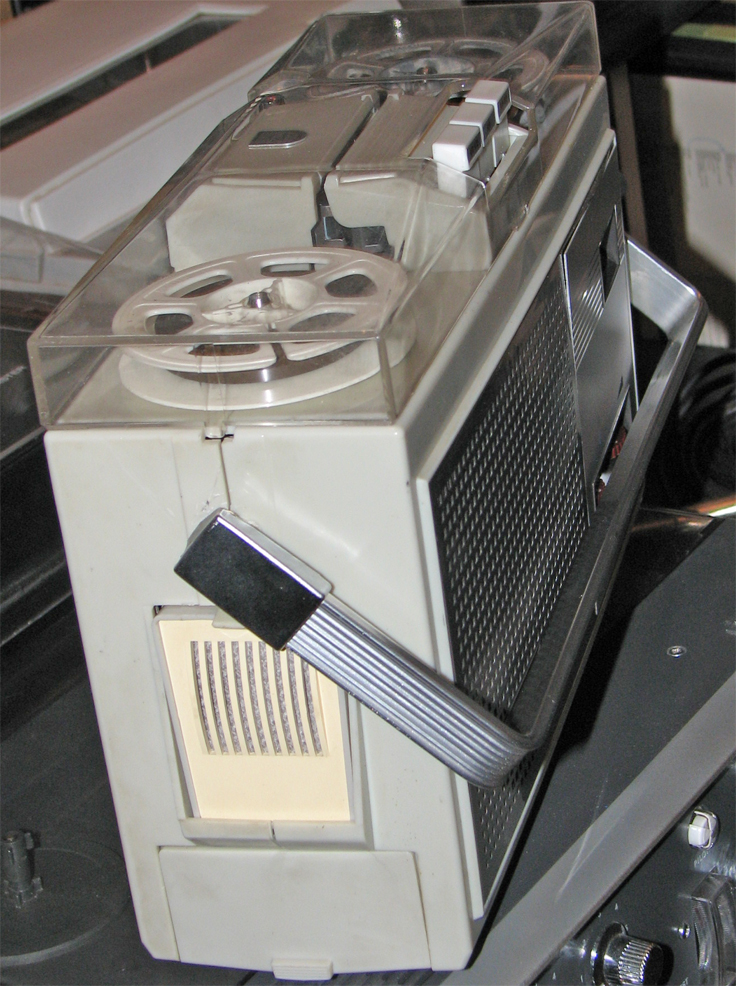

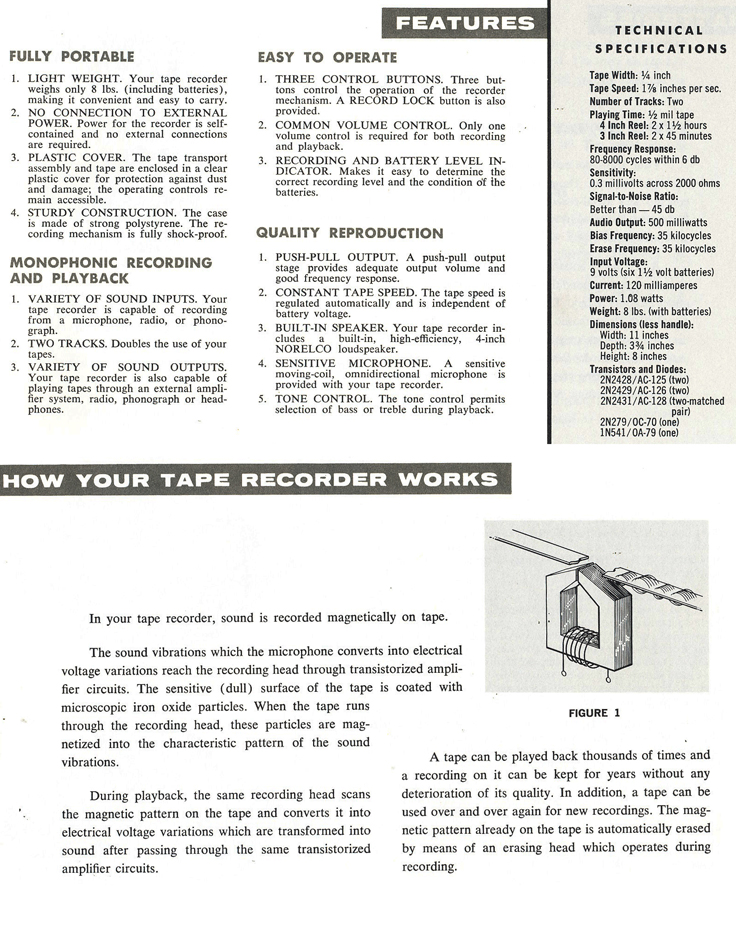
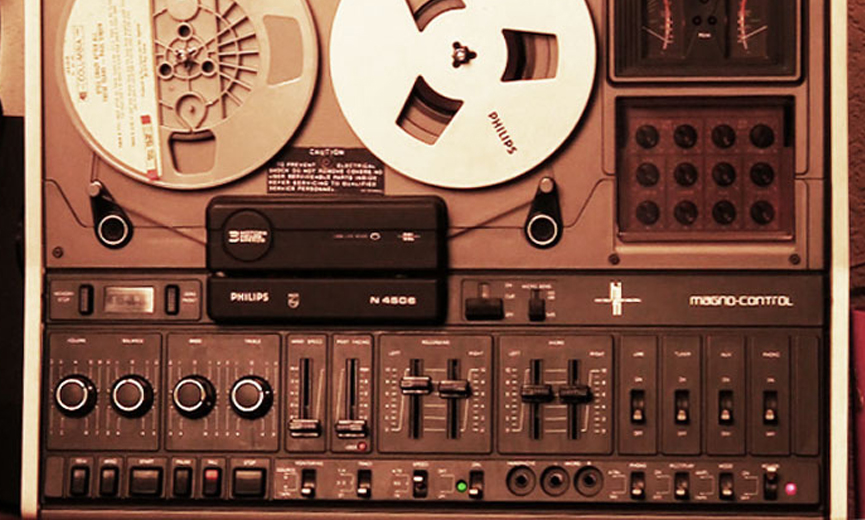
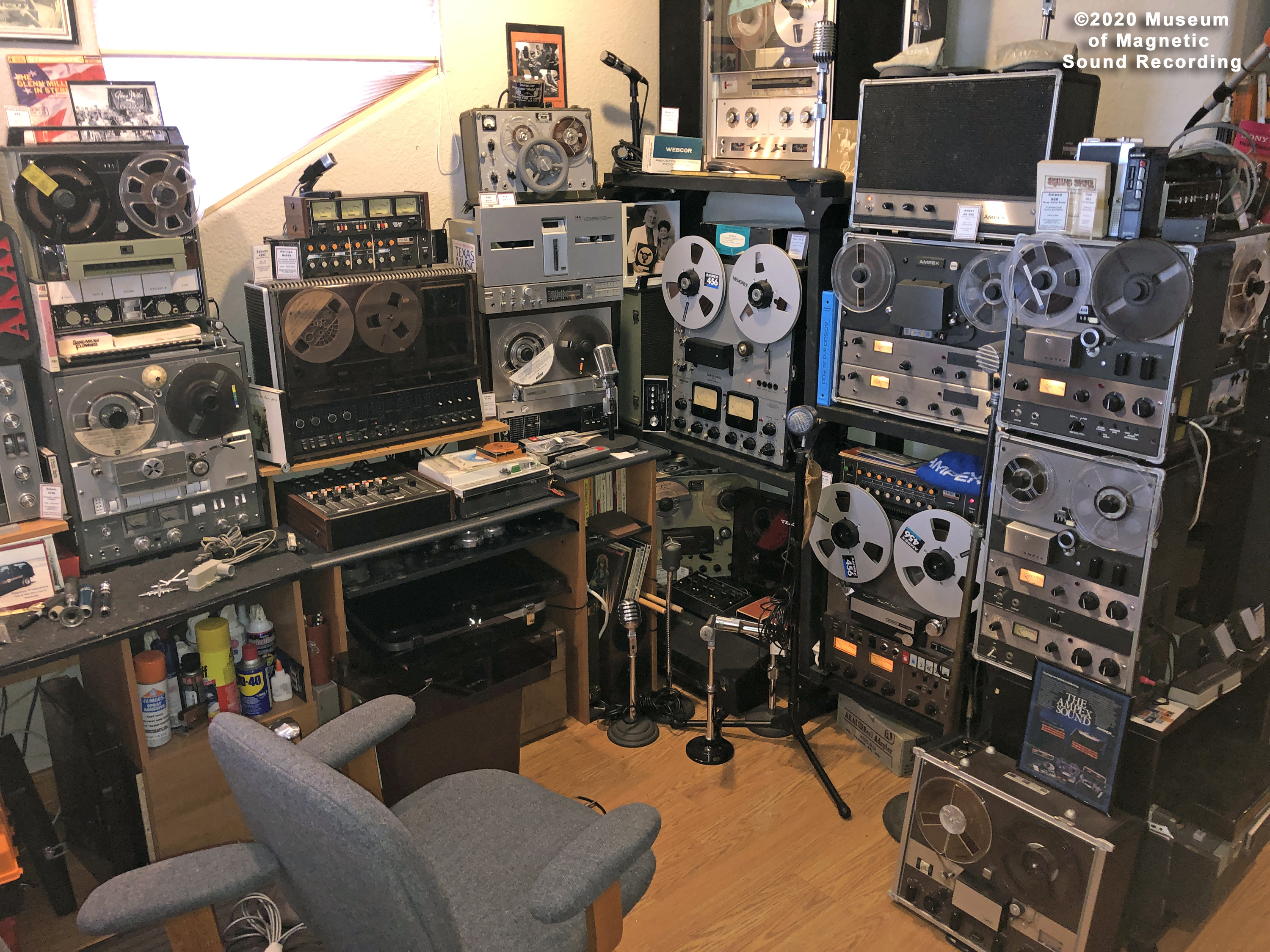
1936 Philips/Miller optical recorder more information
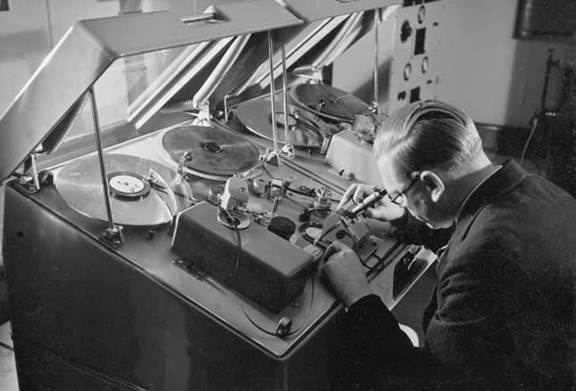

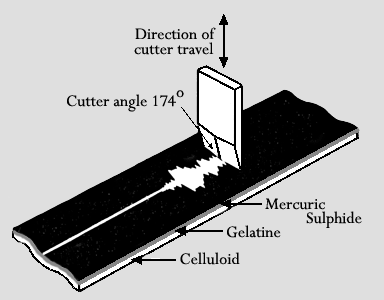
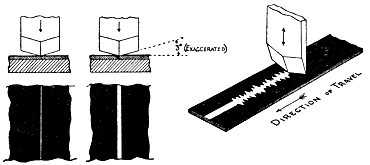

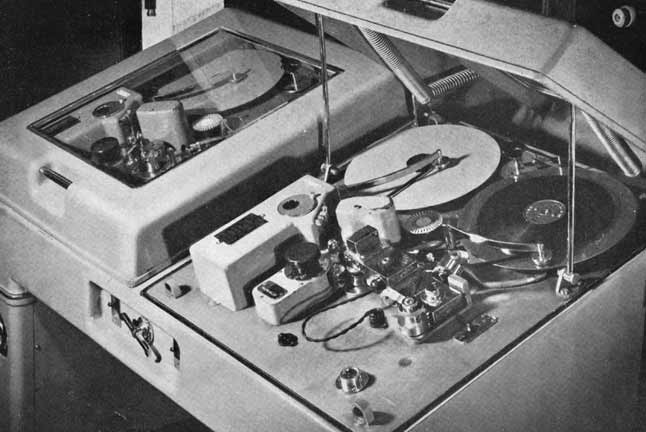

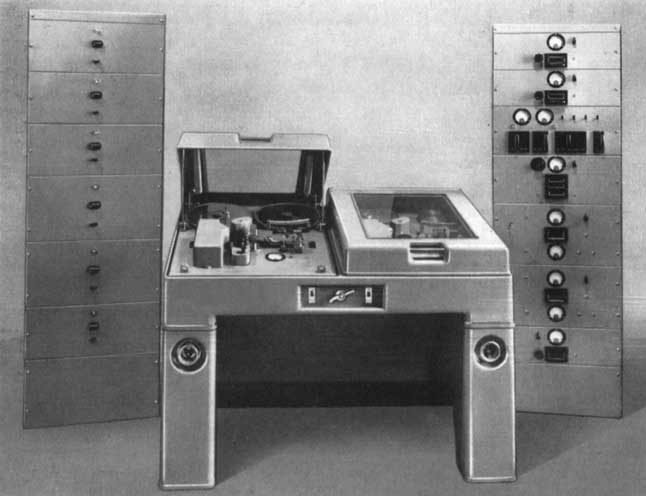
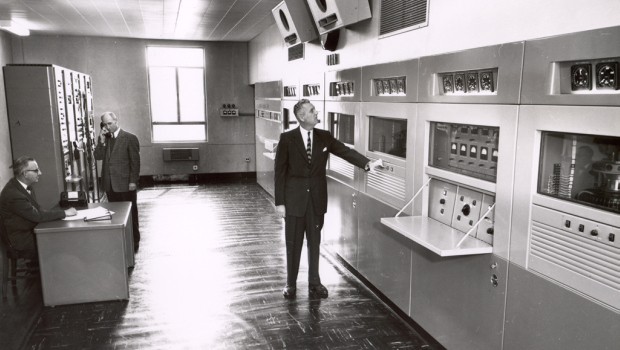
Philips ads in the Reel2ReelTexas vintage reel tape recorder recording collection
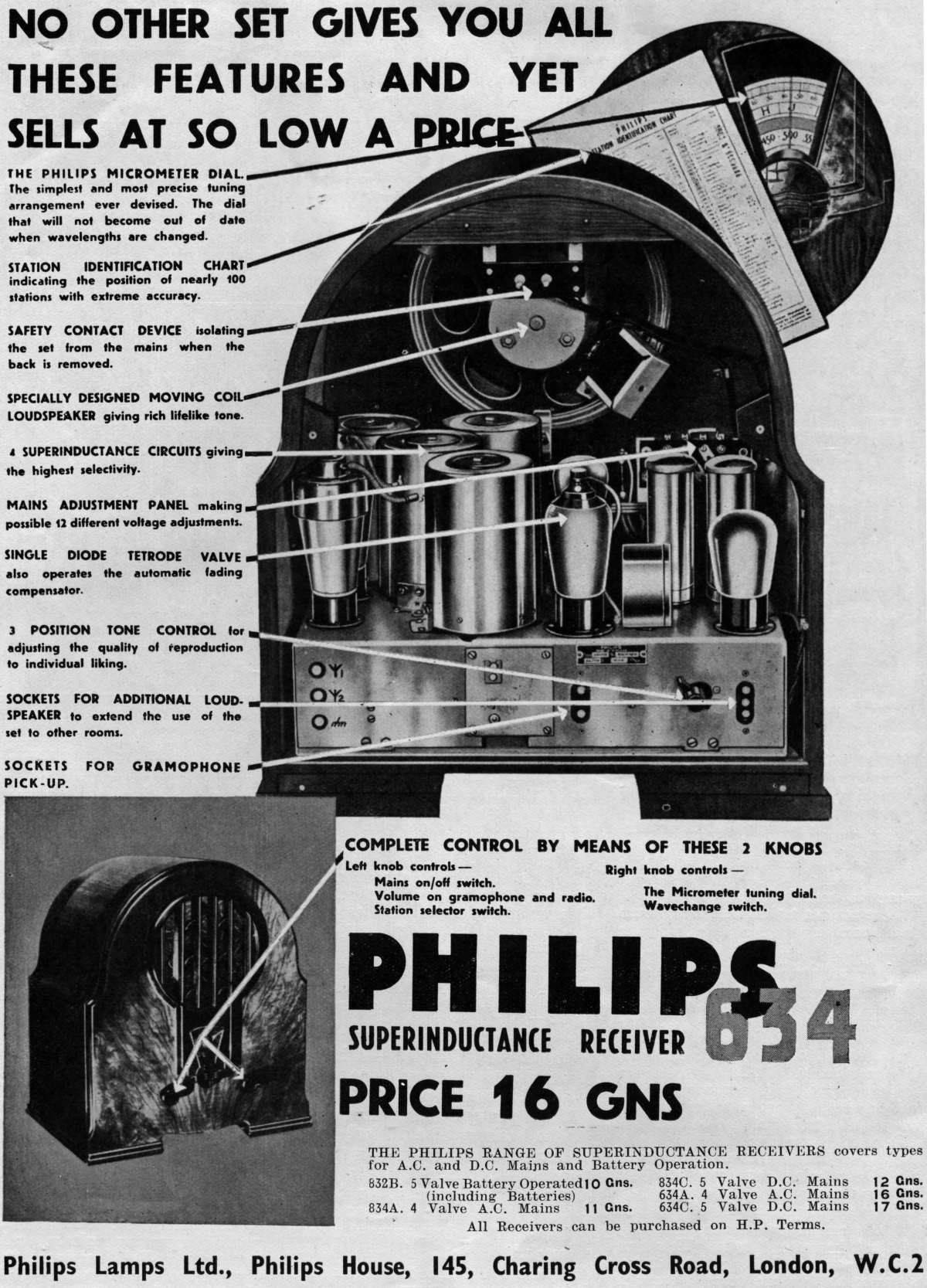
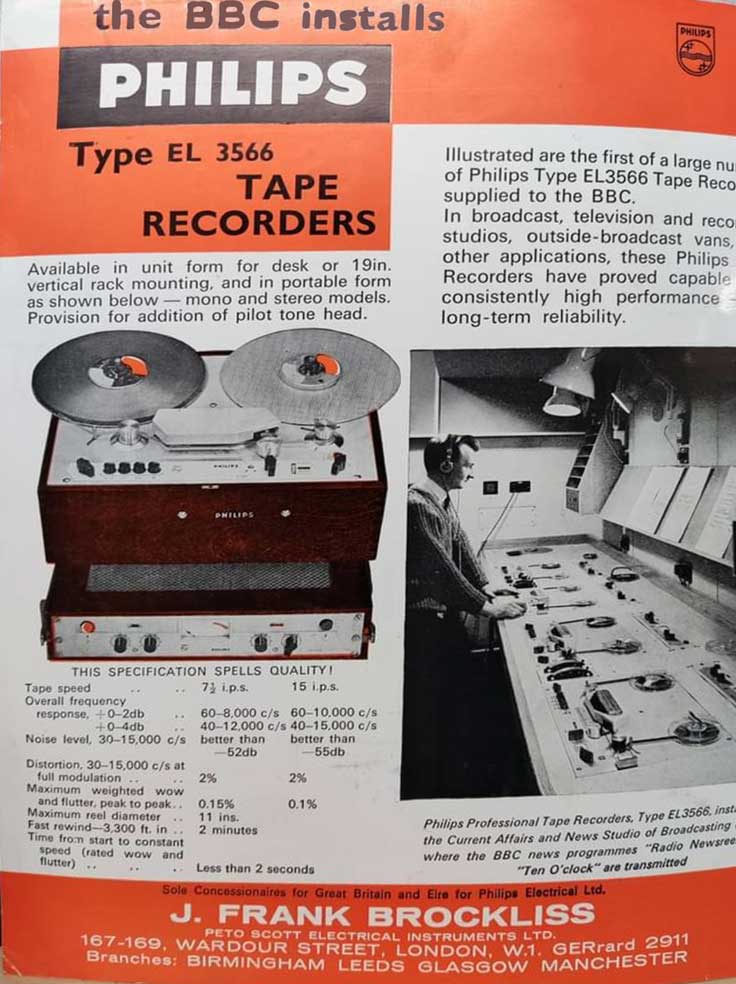
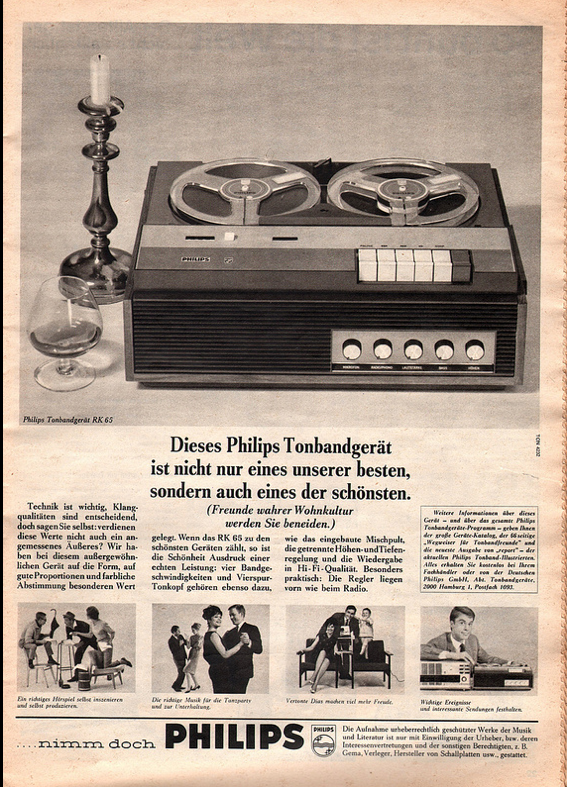

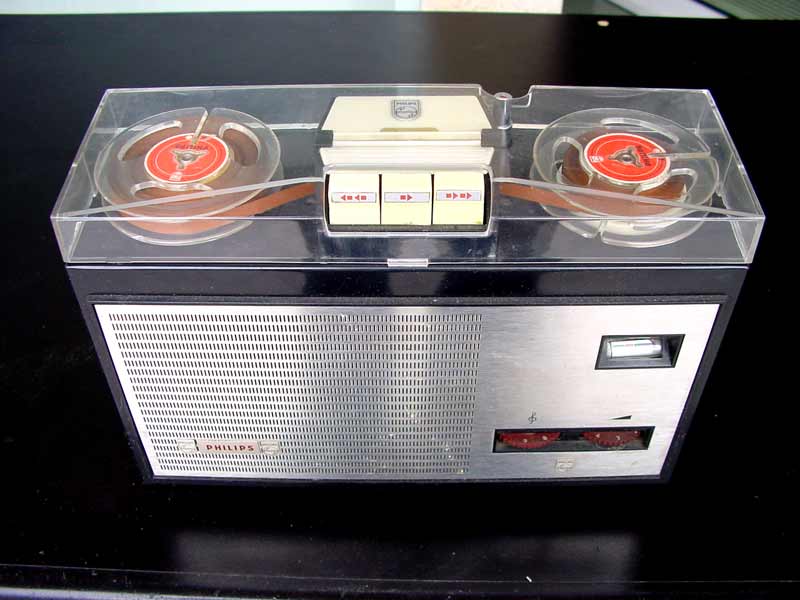
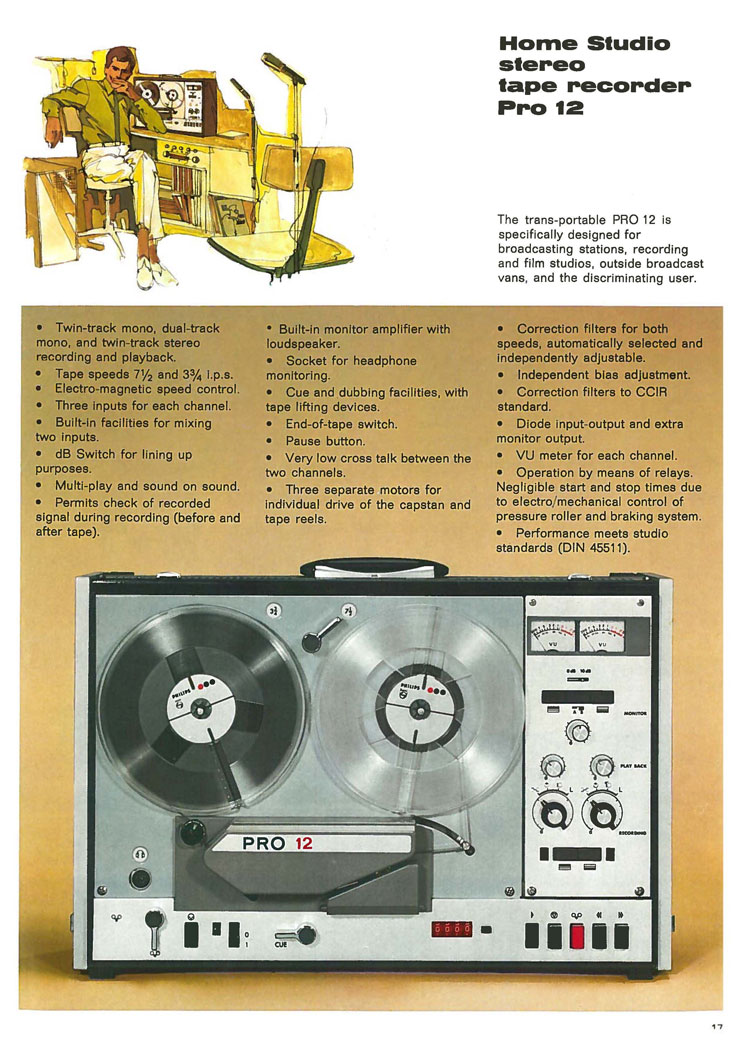
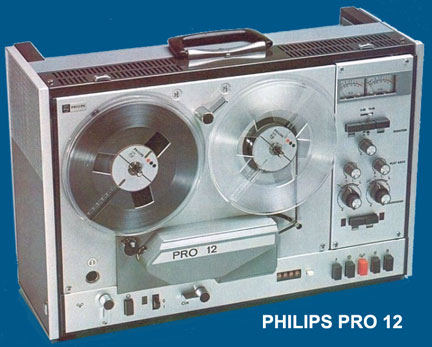
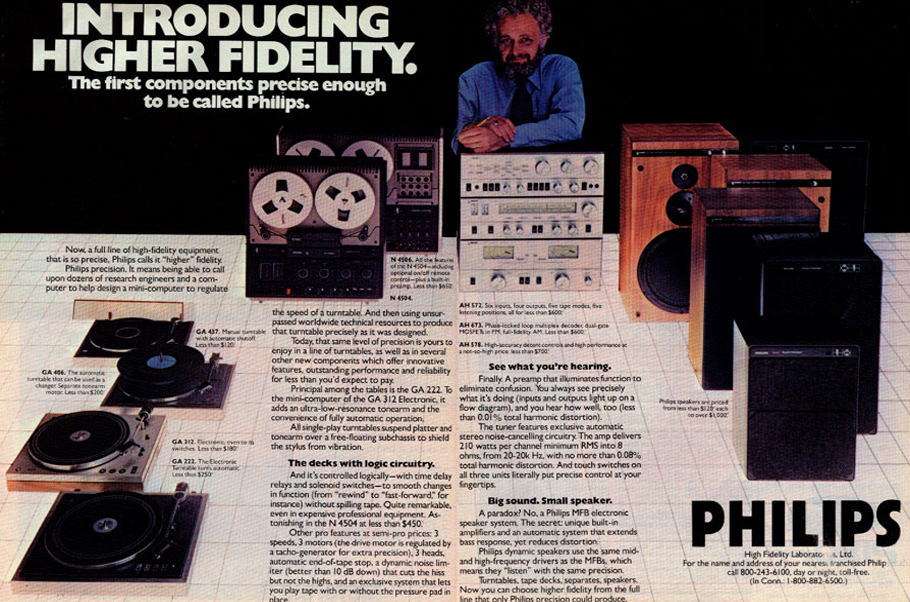
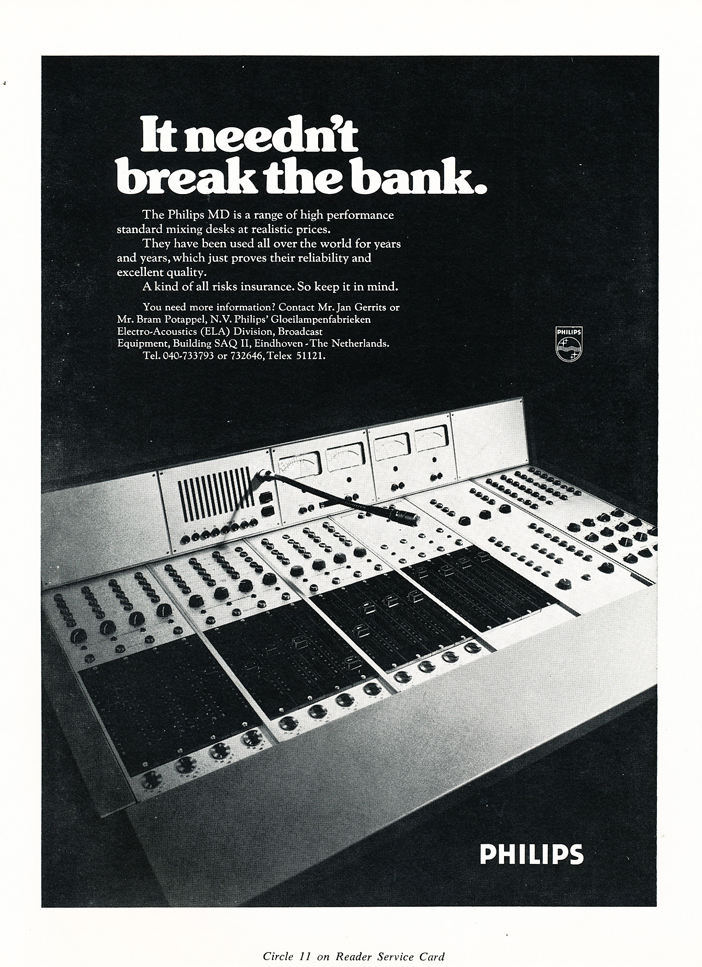
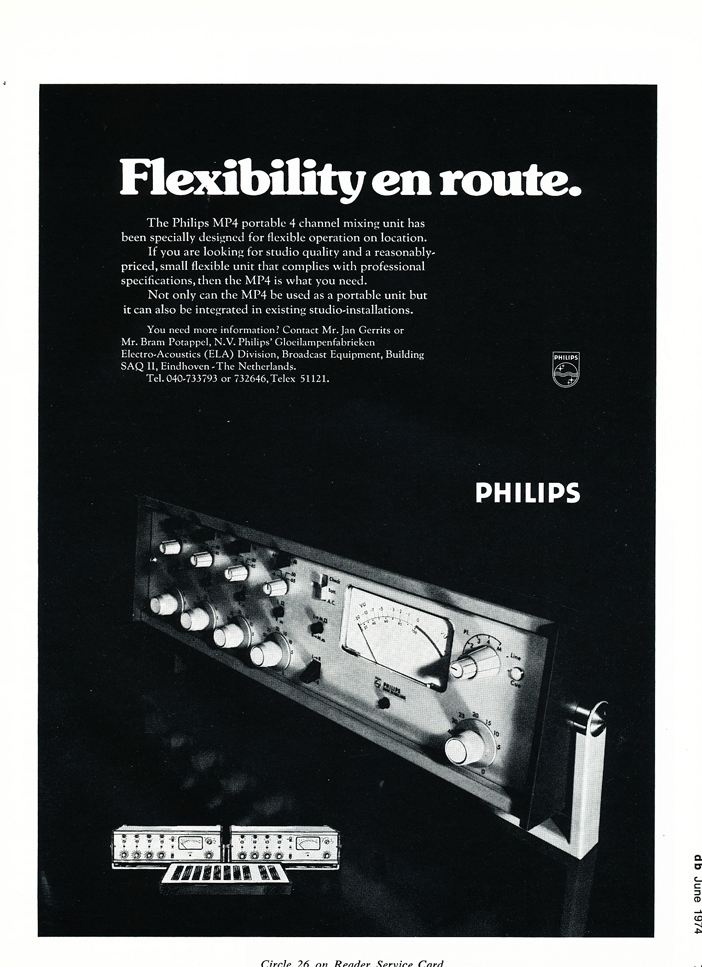
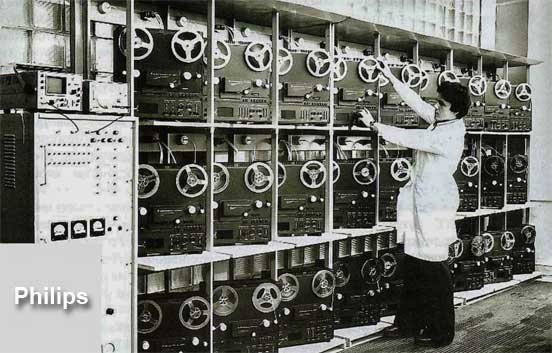
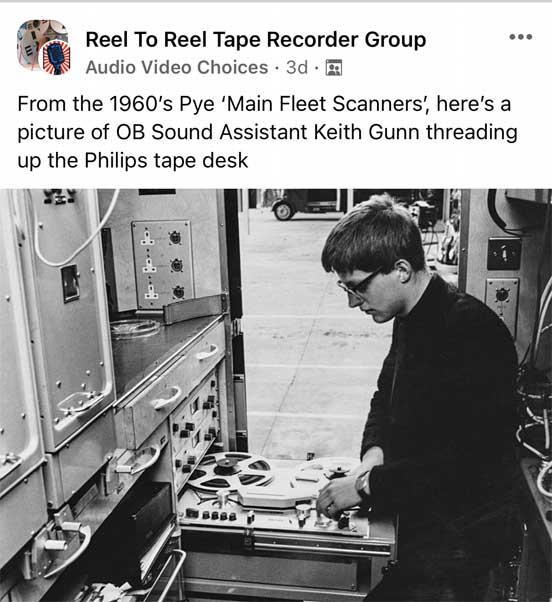
Philips reel tape recorder photos contributed by others
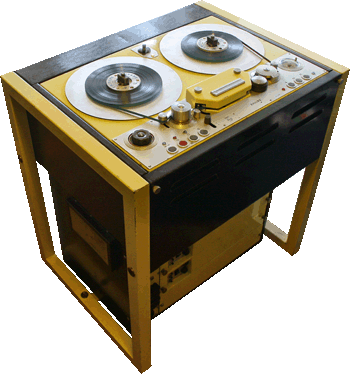

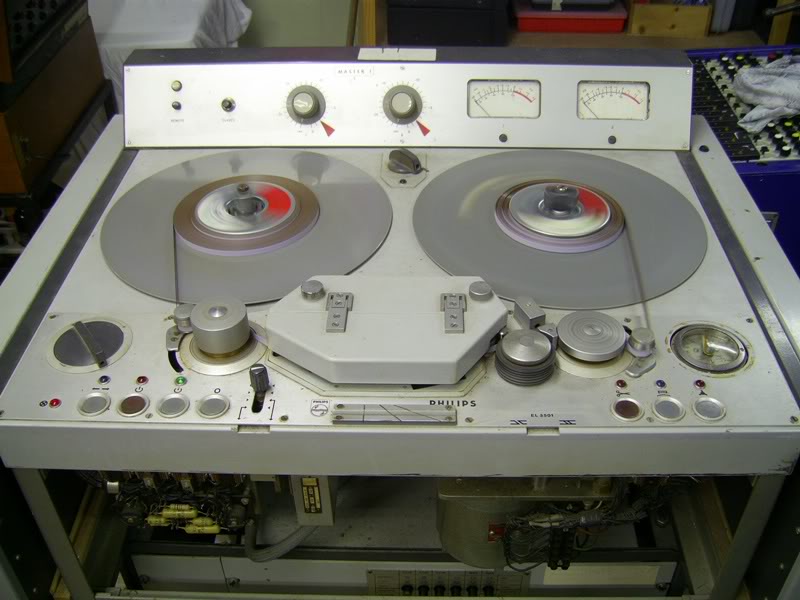
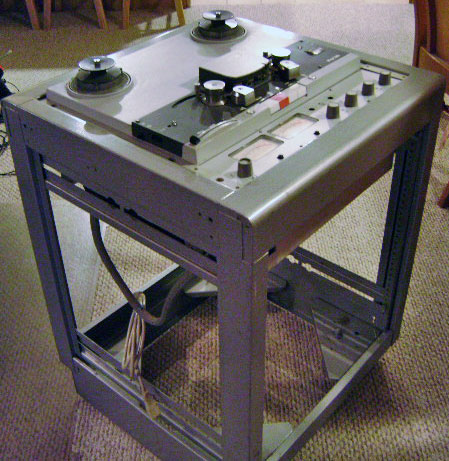

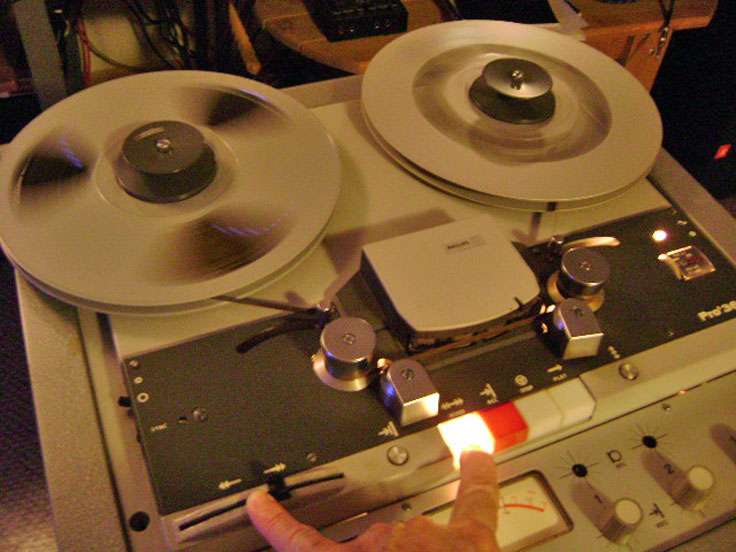
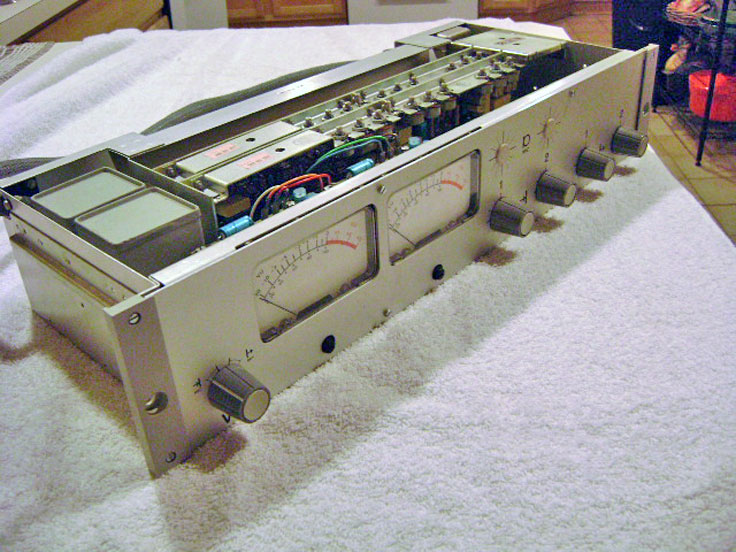
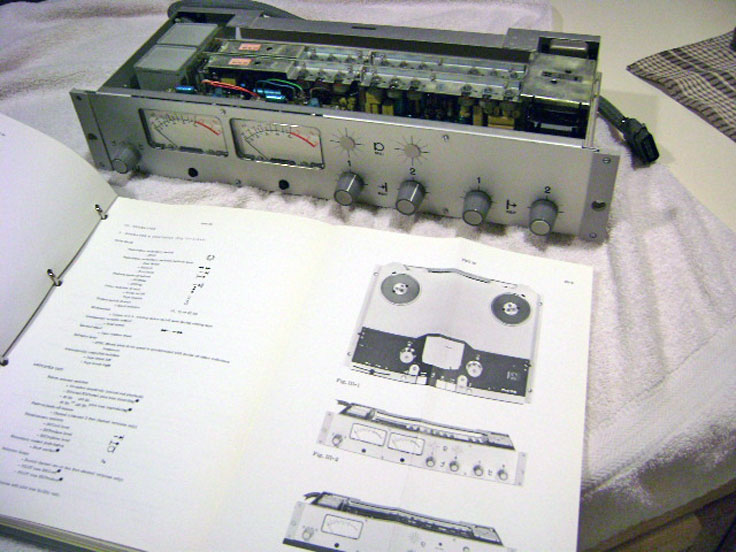
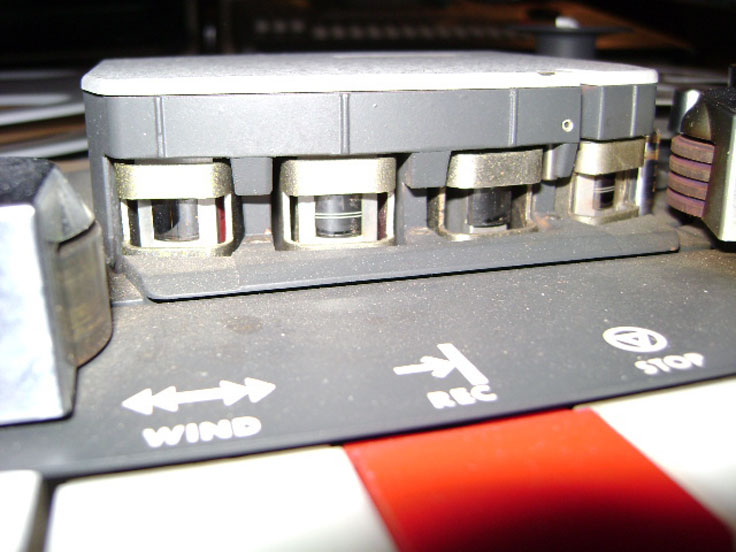

Philips EL6911 Echotapper
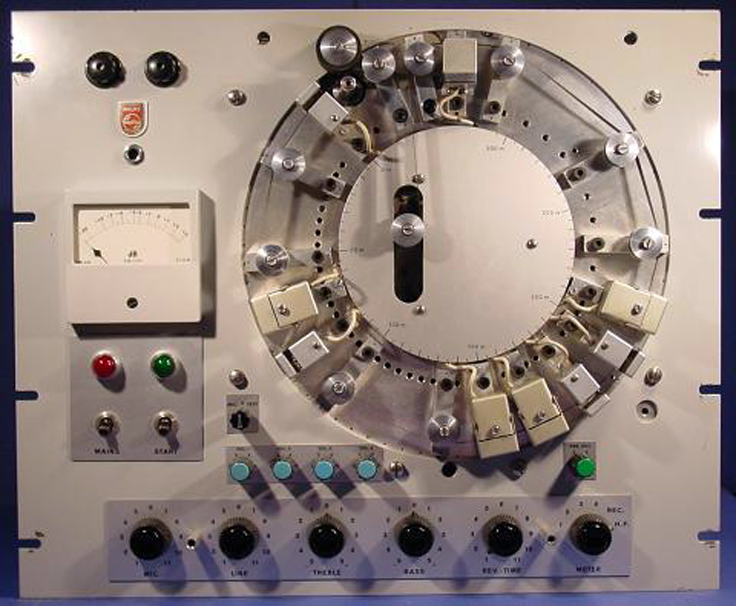
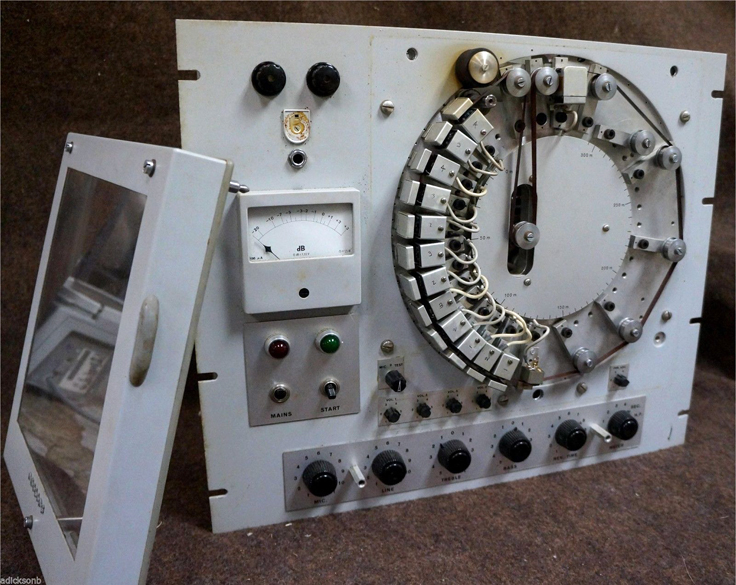
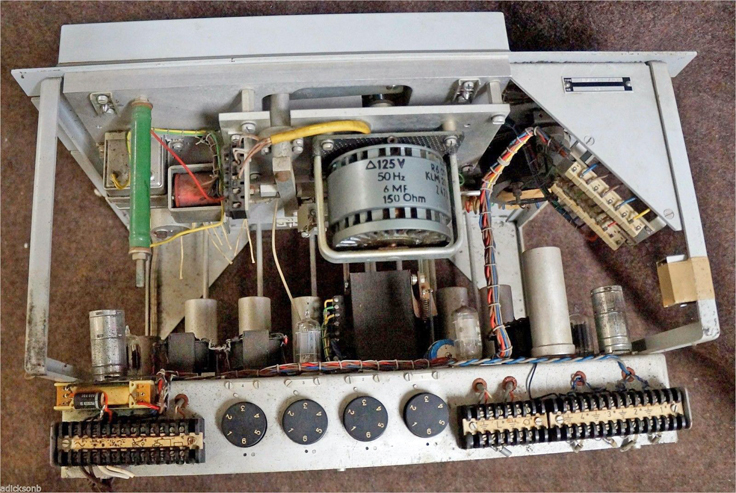

More information at this link

